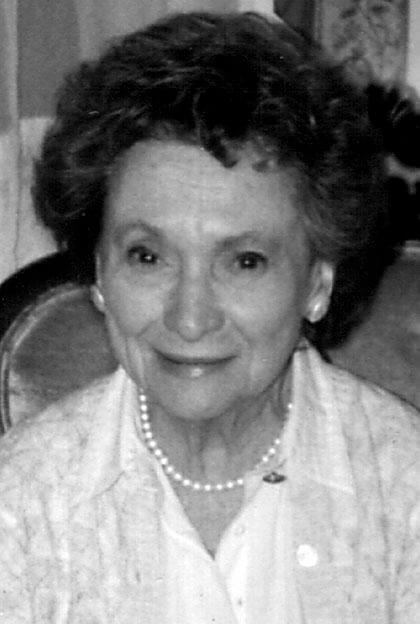By Joan Brown Wettingfeld
A sight or sound can take you back to another time, especially at this time of year with cold, crisp days and the possibility of snow falling. Memories return of pastimes triggered by the sight of a small pond once nestled in a forest.
What prompted this column was a recent visit a friend and I took to the skating rink in Rockefeller Center. We had come to gaze in awe at the Christmas tree that towered above. As we stood watching the skaters below, it brought back to me scenes of my youth as I recalled skating on the little pond in Crocheron Park, known through past years as the Goldfish Pond, but which was then dubbed a lake by the city Parks Department. A shallow pond, it was named for its many goldfish which froze in winter and could be seen lining its perimeter.
Though I was a great fan of roller skating at an early age, I was hesitant about skating on ice until a young man I knew, who was the editor of the school newspaper, asked me to go skating one afternoon and continued to help me learn to conquer my doubts and taught me to enjoy gliding across the ice.
Afterward we would walk to Bell Boulevard and enter a booth at Schmidt’s Ice Cream Parlor and enjoy the best cup of hot chocolate I have ever tasted. As we sat chatting and drinking, we savored the ambiance of an old-fashioned soda fountain and the display of hand-molded chocolates and other goodies the Schmidt family prepared. It is a vanished icon of another time.
Around the early 1960s, my daughter, accompanied by her father, tried her skill on her tiny double runners, but soon after the Goldfish Pond was closed to skaters and remains unknown today.
Walter Judd, a lifelong Bayside resident, recalled for me that the Goldfish Pond in the early 1920s was the village meeting place. Everybody could be seen skating there, especially on weekends. At that time, the road leading down to the pond was a dirt road and the woods were plentiful enough in those days to provide branches and firewood for brilliant bonfires along the shore. This was long before the city took over the pond as part of Crocheron Park.
He recalled the rows of squatters’ huts that lined the road to the shore and which were vacant in winter but used by itinerant bathers who swam in Little Neck Bay during the summer. These flimsy huts were nicknamed “Camp Hellavamess.”
Annie Willets in her diary mentioned Frame’s Pond in an entry in the winter of 1865, but there is no reference to its exact location. There were other small, iced-over areas that were used, but the other main skating area was Oakland Lake. It was a much deeper body of water and consequently more dangerous if one went through the ice.
Though the whole story is a delight, probably nothing is more vividly descriptive of the many facets and joys of ice skating than the chapter “On the Canal” in that famed juvenile classic by Mary Mapes Dodge “Hans Brinker, or the Silver Skates,” published in 1865.
No one knows when and how ice skating was invented or whether skates, skis or snowshoes came first. It is agreed skating was first developed in northern Europe. Small animal bones, with the joints cut off and ground down to make smooth runners, probably provided the first skate blades. In the 14th century, wooden skate runners were used in the Netherlands, providing a form of transportation in the winter on the frozen canals that served as a network of highways for people.
The first skates with iron blades were made in Scotland in 1572 and it was in that country that skating was first classified as a sport. In 1642, the Skating Club of Edinburgh was organized and through its efforts skating spread to Canada and its popularity there crossed the border to the United States. It was Edward Bushnell of Philadelphia who invented the first steel-bladed skates.
In the 19th century, skating was further revolutionized by American ballet master Jackson Haines, who traveled to Vienna after the Civil War. As he observed skaters gliding aimlessly on the ice and influenced by the popularity of the Viennese Waltz, he conceived the idea of skating to music. He became a dancing teacher of ice skaters, popularizing dancing on ice. From this all modern figure skating developed.
The development of ice skating was part of the growing interest in sports apparent in the United States after the mid-19th century.
Joan Brown Wettingfeld is a historian and freelance writer.
































